Crinacle's Collaboration IEMs: Flagship Tuning for Mere Mortals?
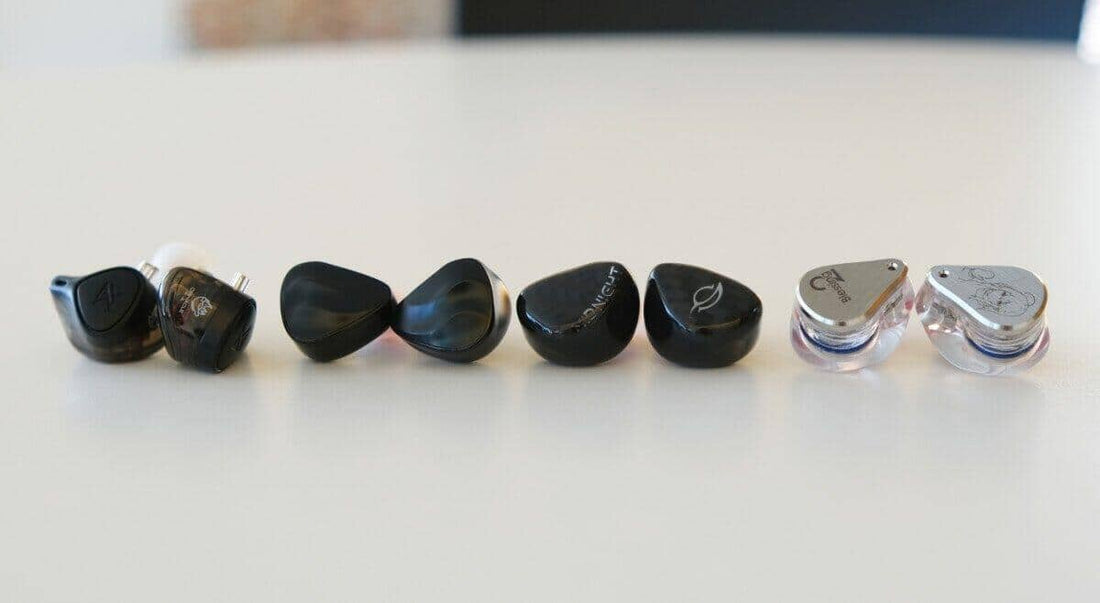
Preface
Well, this is somewhat awkward: me, a reviewer, basically reviewing another reviewer...and it's Crinacle. For the uninitiated, Crinacle hails from Singapore and is widely considered to be one of the biggest authorities on IEMs (in-ear-monitors) today. In a sea of less-than-critical reviewers (okay, more like shills), he made a name for himself with his (in)famous ranking list, extensive measurement database, and concise, harsh style of reviewing. But what do you do when the stuff you're hearing just isn't living up to your expectations?
You take matters into your own hands of course. Crinacle's first collaboration project was the Fearless Audio x Crinacle Dawn, a $1400 behemoth that was - put kindly - less than a commercial success. This can be attributed to a number of factors, primarily stemming from 1) Crinacle wanting the Dawn to gain recognition on its own, organic merit, and 2) the no-object-pricing that put the Dawn out of reach for most listeners. Recognizing this, today I'll be assessing Crinacle's latest wares that are targeted at much more accessible price points:
- the KZ ZEX Pro / CRN ($37)
- the Fiio FHE Eclipse ($150)
- the SeeAudio Yume Midnight ($200)
- the Moondrop B2: Dusk ($330)
Now, it's only fair to note that there are some biases present on my end. In many respects, Crinacle served as a powerful inspiration for me and my style of reviewing. I still fondly recall reading his reviews when searching for some of my first IEMs, enjoying how refreshing they were relative to other reviews I'd read, and cross-referencing the ranking list (something I still do occasionally). Never would I have imagined that I'd one day be assessing his own IEMs to similar standards. Of course, it's for all these same reasons that you can trust me to not pull the punches. Read on to find out whether Crinacle's collaboration IEMs truly afford the average audiophile a chance to taste flagship level tuning without the exorbitant cost.
Source and Drivability
All critical listening was done off of an iBasso DX300 and iPhone 13 Mini with lossless files. The stock cables and the stock silicone tips were used. Direct A/B listening was performed where possible. If you would like to learn more about my testing methodology, test tracks, and general beliefs in audio, then I would encourage you to check out this page.
The Stuff You Actually Care About
Like Crinacle, I am not someone who cares very much about the "tangibles", so I'd recommend checking out other reviews online if you'd like to get a better idea of what you're going to get in the box with these IEMs.
The only box art worth showcasing (sorry, no trap Crin because I don't have the packaging for the B2 Dusk):
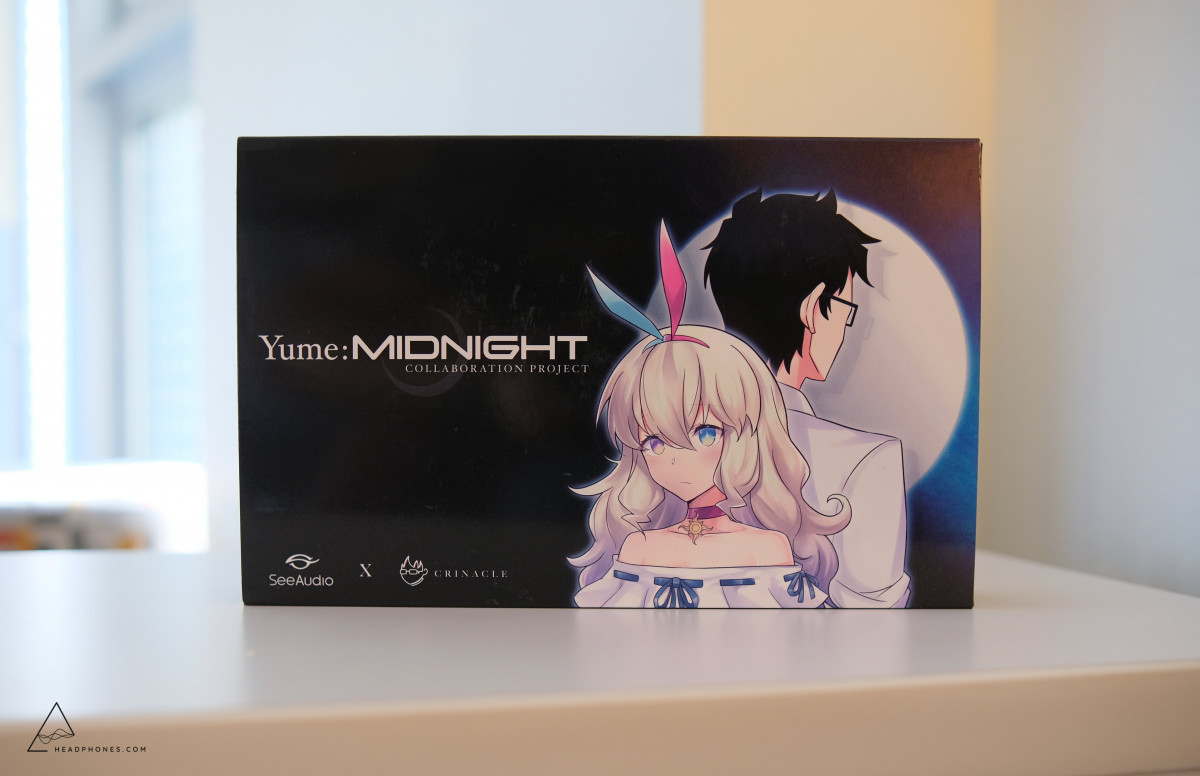
Now, what I can tell you in great detail about is what you're going to get in terms of sound quality, so without further ado, let's take it away to the sound analyses.
KZ CRN / KZ ZEX Pro
Price: $37 / Configuration: 1DD/1BA/1ES
https://kz-audio.com/kz-crinacle-crn.html
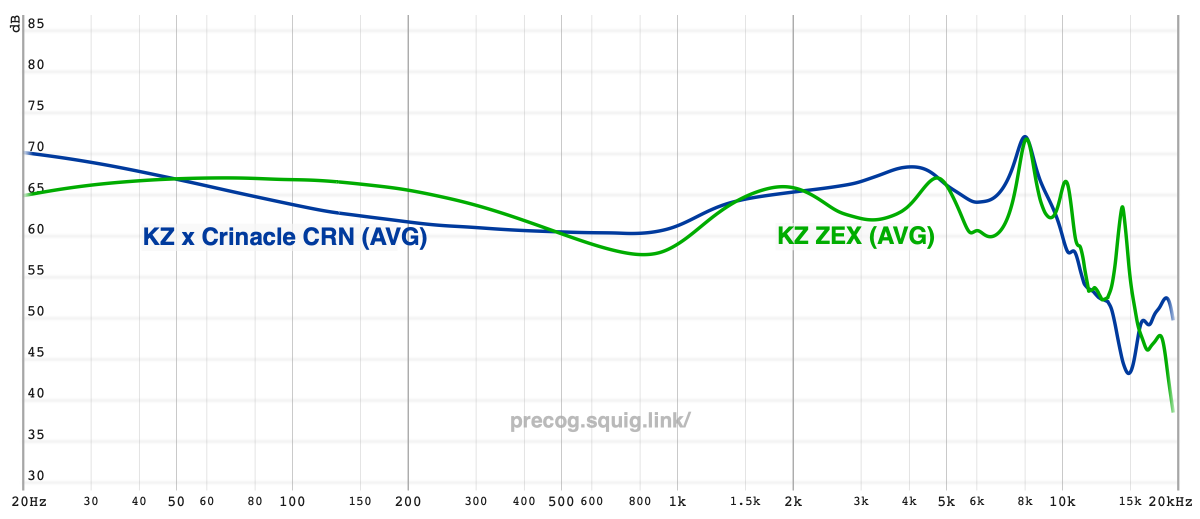
You're probably wondering...these are the same IEM, so what's up with the separate names? The answer is that the ZEX Pro was released before the CRN as an experiment to gather feedback on how an IEM with Crinacle's tuning would be received by KZ's audience. The idea here was to discover how an IEM without Crinacle's name on it would perform, plus dip a finger into the water safe from the possibility of blowback to Crinacle's name. Luckily, listeners mostly liked what they heard, so the sonically-identical CRN was released shortly after with the Crinacle logo emblazoned.
As the name KZ ZEX Pro implies, the ZEX Pro is technically the successor to the original KZ ZEX. If you have not heard the KZ ZEX, 1) you probably don't want to, and 2) it sounds totally different from the CRN (and yes, let's just stick with this name because it's shorter). This means that if you're a listener who enjoyed the ZEX, then the CRN is probably not the IEM for you, as the CRN would most likely sound thin and anemic by comparison.
The bass response is the CRN's first distinction. Most of KZ's tunings emphasize more "dirty" responses clouded with mid-bass bloat. While the CRN maintains a generous bass boost, the degree with which it slopes off is more of a controlled 45 degrees. It acts more as a 'foundation' to the rest of the sound, as I find the CRN's bass to come across fairly subtle, almost dampened. It's not a contest between KZ's "house" bass tuning and the CRN's; I'd take the CRN's any day. But the CRN's tuning still has its issues, one of which I might consider a dealbreaker for some listeners. The plateau to the upper-midrange from 3-5kHz pushes female vocals forward and exacerbates issues with sibilance. Combined with the CRN's characteristically "gritty" decay that plagues most BA IEMs, vocalists come across as fairly gravely and hoarse to my ears. The treble response of the CRN also has timbre issues, likely baked into a peak at 8kHz (devoid of the coupler resonance) and a lack of extension.
Editor's note 3/10/22: The BAs and electrostatic driver of the CRN were discovered to be highly-dampened, to the point of which they barely have any effect on frequency response. While it is possible that they attribute to the CRN's "gritty-ness" and timbre issues, it is more likely that this perception is attributable to the lack of air.
In short? The tuning here is listenable, perhaps even commendable within the context of the $50 crowd, but not great as a whole. I can already feel those pitchforks coming out from the Chi-Fi cultists, but whatever components KZ uses in the CRN are not good, and I'd speculate that said components limited Crinacle's ability to direct the tuning of the CRN. In any case, the CRN's technicalities are also just your usual KZ affair: poor resolution, poor imaging, poor dynamics; the list of inadequacies goes on.
As for whether you should buy the CRN...ehhh. If you're really a fan of Crinacle's work and want to support him, I'd say go for it. Otherwise you're probably better off sticking with a single-DD IEM like the Tanchjim Tanya, CCA CRA, or Sony MH755 (if you can find one) as their driver topology is more refined for this price point. The complexity of the CRN's driver configuration was probably more a gambit at the "more drivers + cool driver name = better" crowd, a gambit that doesn't quite pay off if you ask me.
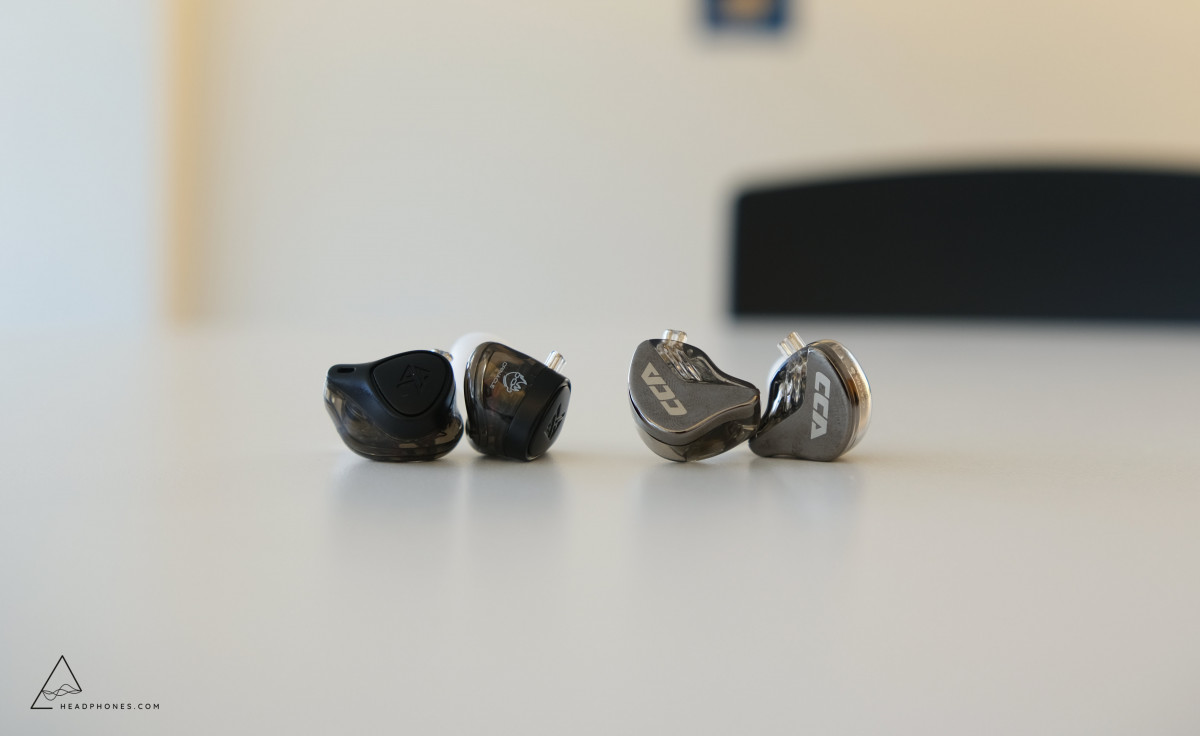
Fiio FHE Eclipse
Price: $150 / Configuration: 1DD/2BA
https://shenzhenaudio.com/products/fiio-x-crinacle-fhe-eclipse-1dd-2ba-in-ear-monitor-earphone
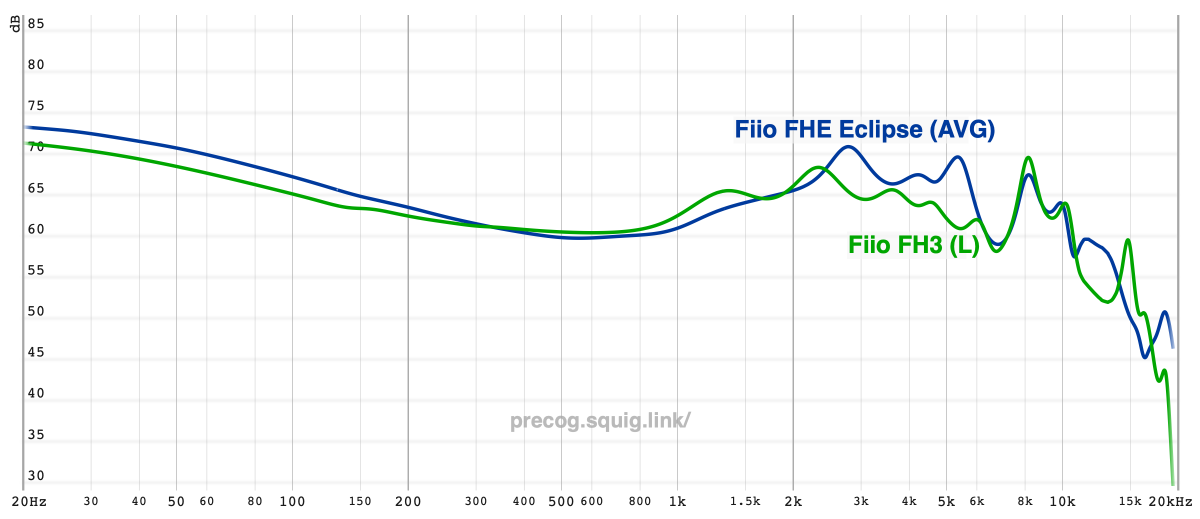
Here's another collaboration that most of us never saw coming. Why? Few brands exemplify the "sling mud at the wall and hope something sticks" philosophy more than Fiio does (and for reference their original FH3 literally sounded like mud and was not an IEM that stuck). In fact, I've heard so many of Fiio's IEMs that my conversations with Super*Review on Fiio's new releases can basically be summed up in one line: "Yup, it sounds like a Fiio". For these reasons, you can imagine that I was hesitant to share my thoughts on the Eclipse. Would Crinacle's tuning really be able to turn around such an unremarkable IEM?
The answer is mostly a no in my humble opinion. Granted, I do think the Eclipse's tuning is alright, even if it's going for a very different type of sound than the one Crinacle usually indexes for. Straight from the man himself, the Eclipse is a basshead's IEM with a strong bass shelf that extends out to ~350Hz with some mid-bass. It subsequently becomes a question of whether the Eclipse has the technical chops to play ball with its warmer tuning, but this is where the ball gets dropped. I had some choice words when I penned my impressions of the Fiio FH3, and they merit repeating here: "Apparently this IEM uses a beryllium DD; frankly, I wouldn't have called it". The dynamic driver Fiio is using in the Eclipse is simply not good. Quick, successive bass hits sound smeared, and texture - here, I refer to a natural sense of tactility and reverb on drums - is sorely lacking.
The issues don't quite stop here even if they are more minor. The upper-midrange of the Eclipse is somewhat awkwardly tuned (I find it runs a hair hot at louder listening volumes), and there's a peak at 5kHz in the treble lending to percussion compression. As is also common with these more colored type of tunings, the Eclipse's imaging chops are below average and it suffers from a generous amount of congestion wherein instruments on the stage perceptively mesh into one another and sound indistinct.
Now, I'm well aware: the Eclipse was never intended to be competing against all-rounders like the Moondrop Aria and the Etymotic ER2XR. And credit where credit is due, the Eclipse's tuning is certainly not as bad as the original FH3's which sounded honky (a 1kHz bump in the pinna, really?) and generally plain odd from memory. Still, the Eclipse is a colored listen that triggers too many alarm bells to my ears. My other issue stems from there being other, bass-heavy IEMs like this that are noticeably more technical for a fraction of the cost (see the CCA CRA for example). While I've certainly heard worse for $150, the Eclipse doesn't exactly live up to the high expectations that come attached with Crinacle's name.
SeeAudio Yume Midnight
Price: $200 / Configuration: 1DD/2BA
https://hifigo.com/products/seeaudio-x-crinacle-yume-midnight-iems
The Midnight has been sitting on Crinacle's graph tool for the last couple months with me basically salivating to get my ears on it. Let the gushing commence.
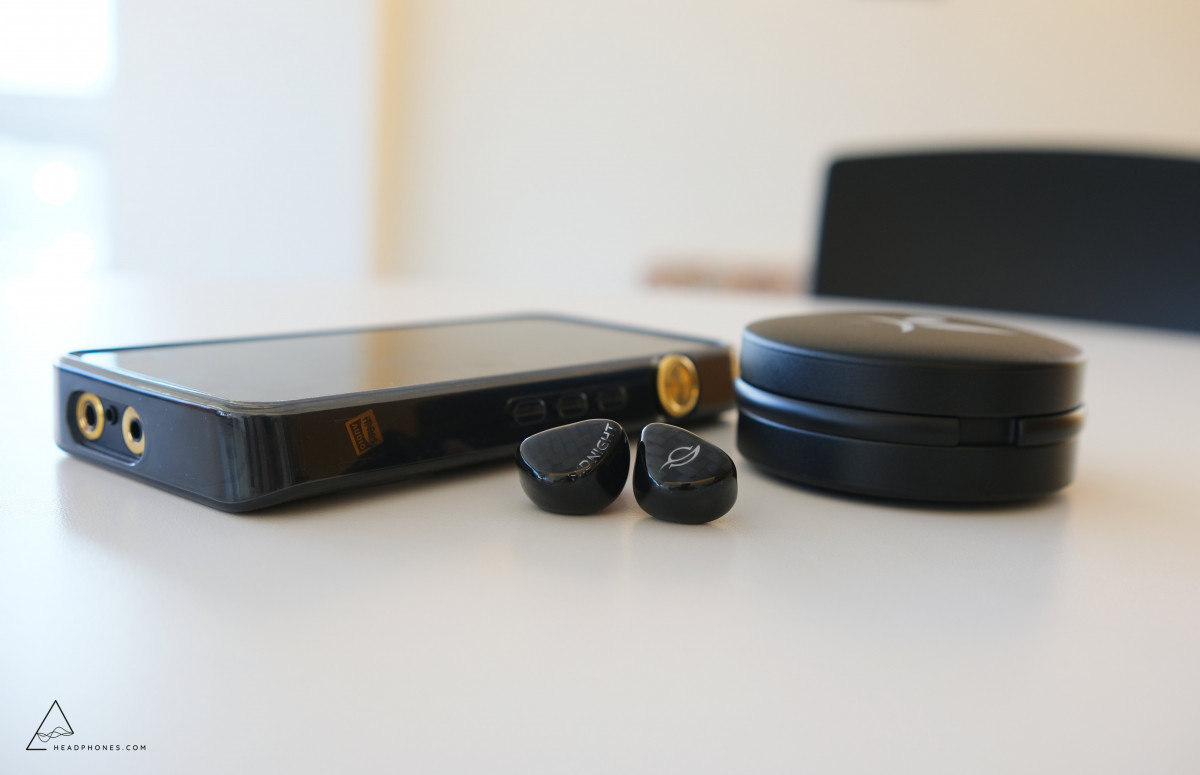
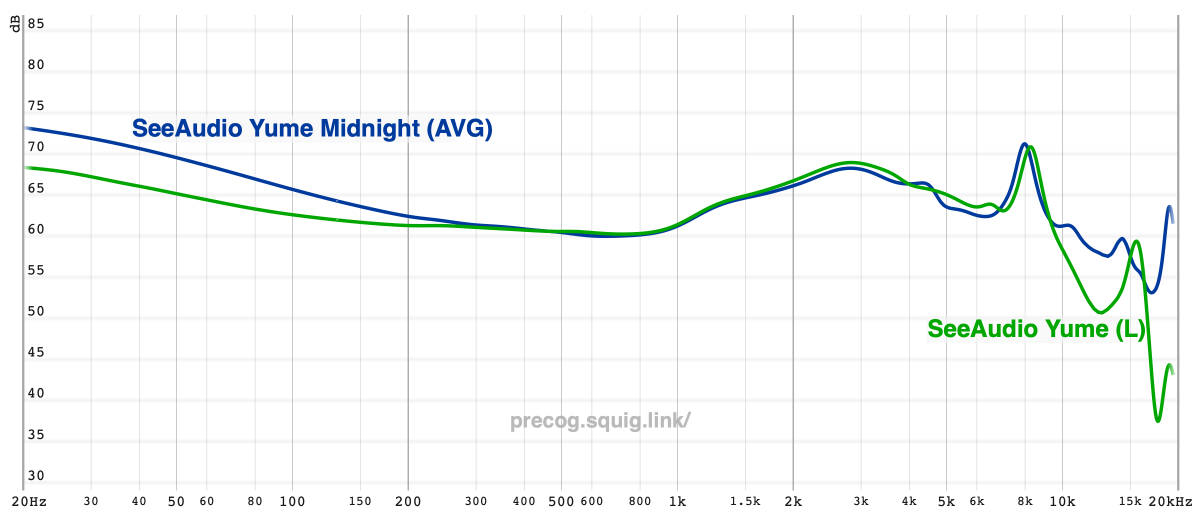
...or at least that's what I'd like to say. Hear me out.
As Crinacle deemed it, the original Yume was basically a one-trick wonder that was predicated upon its class-leading tonality. So, the good part: the tuning of the Midnight is still excellent and arguably even better due to a noticeably more extended, elevated response in the treble air regions. The few tonal flaws the Midnight still exhibits can basically be summarized as the following to my ears:
- It doesn't actually sound like the Midnight has ~10dB of sub-bass boost. Whether a product of the curvature of the bass shelf or the dynamic driver being employed, I would not classify the Midnight as a particularly bassy IEM. I suppose that could be good or bad depending on what you're looking for, but from the perspective of quality, the Midnight also doesn't really slam and it has below-average bass texture.
- The Midnight has a 3-4dB recession at around 5-6kHz. When percussive hits connect, the initial sense of crack that should be there sounds undefined, almost missing. Combined with the Midnight's superb treble extension (seriously, consider me impressed on this front for $200), this results in an airy, feathery sort of treble response that can come off lacking a sense of weight.
But the part everyone really wants to know about: technicalities. Why? As I alluded to above, the OG Yume had a serious lack of note definition and basically sounded like a $50 IEM in terms of technicalities. By comparison, I can confirm Midnight's note attack is at least noticeably sharper on first listen. However, I'm not sure I'm convinced this is a "technical Yume" otherwise, as the Midnight remains plagued by a number of the flaws that usually come attached to cheaper hybrid IEMs. Transients come across fairly smothered and plasticky in decay, and there's an artificial strain to the treble's timbre, perhaps not unlike some TWS IEMs that I've heard. The Midnight's staging is larger than the OG Yume's (which'll usually happen when you boost treble extension), but nothing remarkable. Overall, I think you'd be looking at "B-/B" level technicalities if the OG Yume was a "C+". The Midnight's a decent technical performer but not necessarily impressive for $200, especially relative to technical frontrunners like the 7Hz Timeless or the Shuoer S12.
Furthermore, the Midnight is a textbook example - for better or worse - of why I've become increasingly convinced that frequency response is not the final authority on what we hear. The Midnight sports beautiful extension on both ends of the spectrum and a close-to-ideal frequency response, yet it does not sound hi-fidelity to me. Still, I digress. The Midnight is definitely competitive and it offers a compelling package for the listener who desires balanced tuning and strong treble extension at $200. This one's worth giving a shot.
Moondrop Blessing 2: Dusk
Price: $330 / Configuration: 1DD/4BA
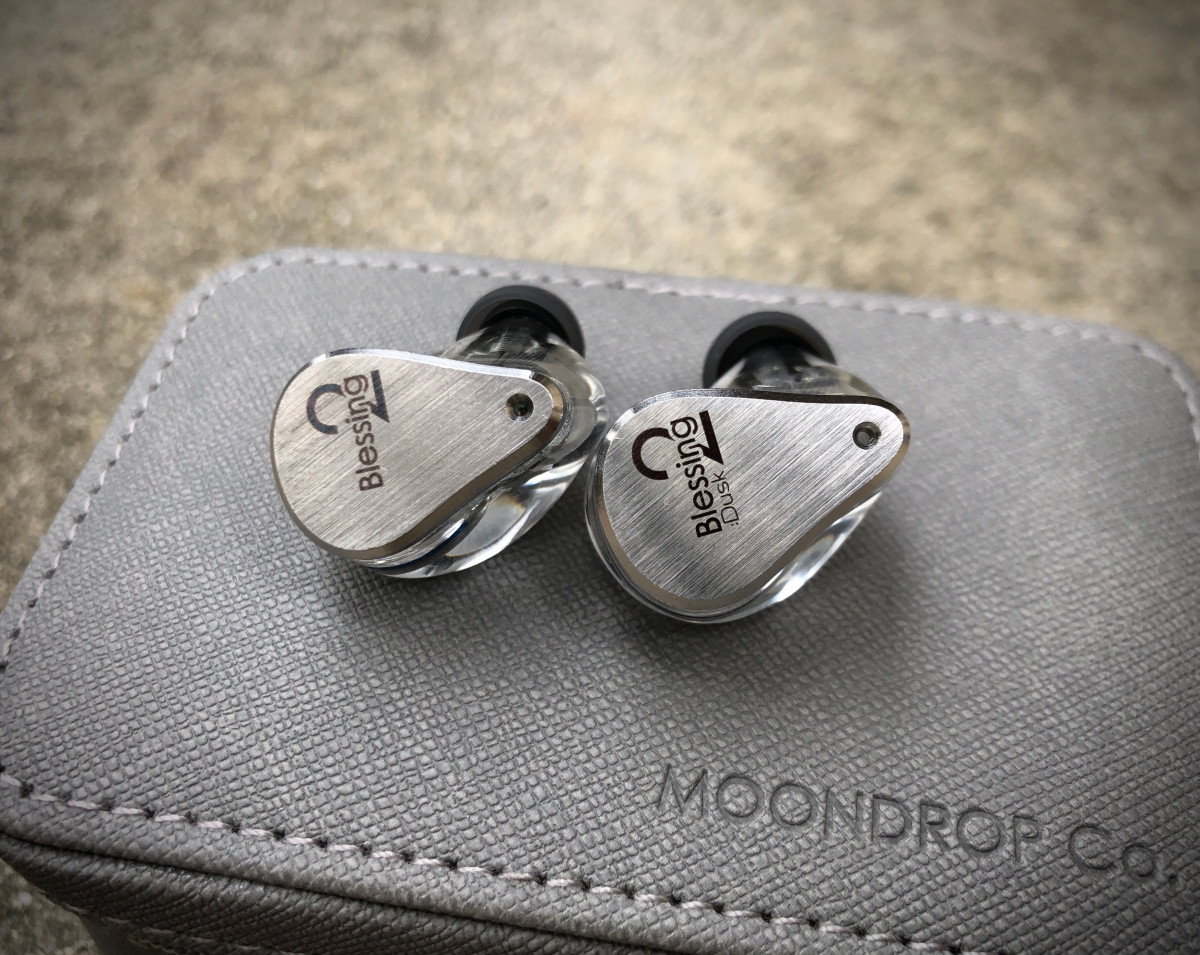
A theme you might observe is that most of these collaborations are not built around what I'd necessarily consider to be good IEMs, at least in terms of technicalities. Most of them basically serve to showcase Crinacle's tuning skill more than anything. But what happens when you take a well-established benchmark IEM, the Moondrop Blessing 2, and put it in Crinacle's hands?
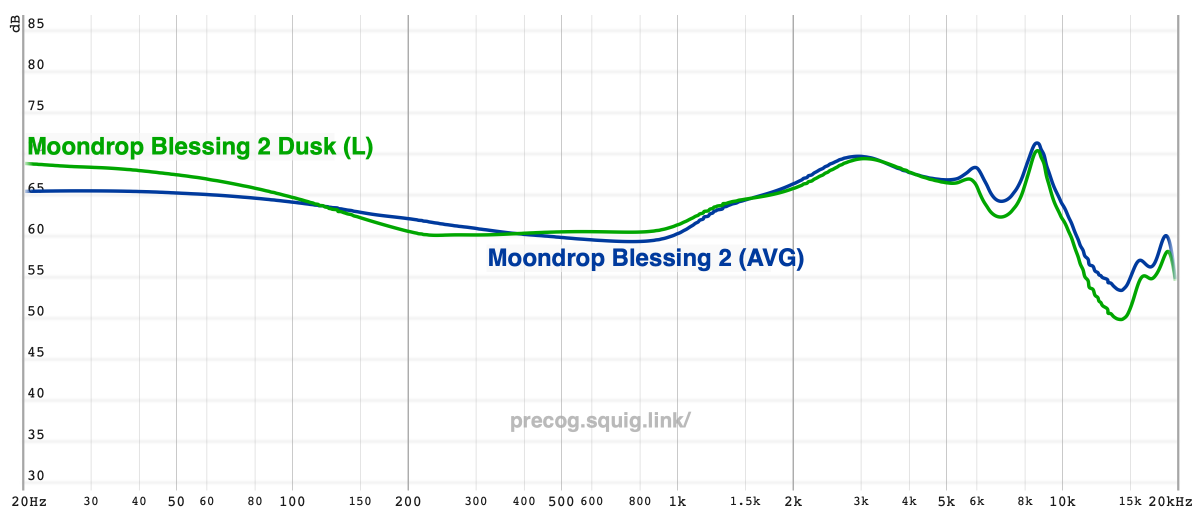
I've gushed about the Dusk in the past (see here), but I don't mind doing so again. For starters, the tonal balance of the Dusk is simply exceptional. It has a terrific sub-bass shelf that's controlled and at just the right amplitude to sate most listeners' appetites. The midrange is dead-balanced, perhaps a hair thin to some listeners, but right along the lines of neutrality to my ears. Treble would probably be the Dusk's biggest weakness due to some roll-off past 10kHz and something of a valley in the mid-treble. In any case, while the market has gotten more competitive with tuning since the Dusk's release, there are still few IEMs under a grand that go toe-to-toe in the tuning department. The Dusk just sound so right when you (I) hear it; it expertly meshes neutral tuning with a kick of fun down-low.
Unlike the other IEMs in this round-up, the Dusk actually has respectable technicalities too: slightly above average imaging, above average macro-contrast, and a solid sense of internal detail. It's still not a perfect IEM in the intangible department of course. The dynamic driver being used in the Dusk is uncharacteristically dry (it's not as bland as a BA woofer, but it's pushing it) and there's some gritty-ness to decay in the midrange and treble, perhaps a product of 1) the particular Knowles driver handling the treble and 2) a recession somewhere in the mid-treble. You're also trading some minor imaging chops relative to the normal Blessing 2.
But these are niggles that I could apply to even most flagship IEMs. If the Blessing 2 was already "nothing tops this under $300" good, suffice it to say the Dusk stands in a class of its own at this price point. To me, the Dusk is the shining example of what's possible with collaboration IEMs; furthermore, it's no doubt partially to blame for why I've been so critical of the other collaboration IEMs above. It really sets the bar that high and, here, I think it's only fitting I steal a line from Crinacle: "Buy Dusk".
The Bottom Line
Despite my harsh comments regarding the CRN and Eclipse, I don't necessarily think they're even bad IEMs within the context of the market as a whole. I've certainly heard much worse. Still, collaborations seem to work best when there's a strong, existing framework, especially in terms of technical performance. When you combine adequate technicalities (Midnight) or above-average technicalities (Dusk) with strong tuning, the bar is suddenly raised significantly. That in mind, what I'm most interested in now is another flagship collaboration IEM from Crinacle. Given the success of his cheaper collaborations - an appetizer to his style of tuning if you will - I don't think it's unrealistic to expect another flagship collaboration IEM to perform better commercially than the Dawn did. This might be unrealistic (as Crinacle has stated that the Midnight is the last collaboration for a long time), but it doesn't stop a man from dreaming.
---
Discuss these IEMs on the HEADPHONE Community Forum Here.
---
